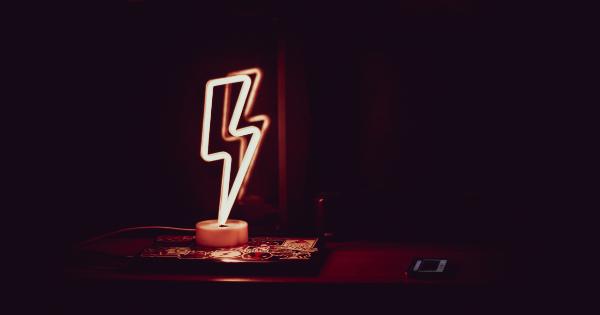Allergens are substances that can cause an allergic reaction in sensitive individuals. The most common allergens include pollen, dust mites, pet dander, molds, certain foods, insect stings, and various medications.
To limit your exposure to allergens, it is crucial to understand which allergens trigger your allergies.
Step 2: Keep Your Home Clean
Regular cleaning is essential to reduce allergens in your home environment. Dust and vacuum regularly to remove dust mites, pet dander, and pollen. Use a damp cloth when cleaning surfaces to prevent dust from becoming airborne.
Wash your bedding frequently in hot water to kill dust mites.
Step 3: Maintain Proper Ventilation
Proper ventilation is crucial to reduce indoor allergens. Use exhaust fans in the kitchen and bathroom to remove moisture and prevent the growth of mold. Open windows to allow fresh air to circulate and improve air quality.
However, be mindful of outdoor allergens during peak pollen seasons.
Step 4: Control Humidity Levels
Maintaining optimal humidity levels in your home can help limit the growth of mold and dust mites. Use a dehumidifier in areas prone to high humidity, such as basements or bathrooms.
Keep humidity levels between 30-50% to create an environment less favorable for allergens.
Step 5: Create an Allergen-Free Bedroom
Your bedroom is where you spend a significant amount of time, so it’s essential to make it allergen-free. Encase your mattress, pillows, and box springs in dust mite-proof covers.
Wash your bedding regularly and consider removing carpeting, as it can trap allergens.
Step 6: Minimize Pet Allergens
If you have allergies to pet dander, it may be challenging to keep pets at home. Consider keeping pets out of specific areas, such as your bedroom or living room. Regularly groom your pets and bathe them to reduce the amount of allergens they shed.
Vacuum your home frequently to remove pet dander.
Step 7: Be Mindful of Outdoor Allergens
Outdoor allergens like pollen can trigger allergic reactions. Stay aware of pollen counts and try to stay indoors during peak pollen times.
When you do go outside, consider wearing sunglasses to protect your eyes and a hat to prevent pollen from settling in your hair.
Step 8: Avoid Smoking and Secondhand Smoke
Cigarette smoke and secondhand smoke can worsen allergies and respiratory conditions. Avoid smoking and ask others not to smoke around you or in your home.
Secondhand smoke can linger on clothing and other surfaces, so be cautious when visiting places where smoking is allowed.
Step 9: Check for Mold and Moisture
Mold thrives in damp environments and can be a significant allergen trigger. Regularly inspect your home for mold growth, especially in areas with moisture such as bathrooms, basements, and kitchens.
If you detect mold, promptly clean it up and fix any water leaks to prevent its recurrence.
Step 10: Consult an Allergist
If you’re struggling to control your allergies or suspect you may have unidentified allergens, consult an allergist.
An allergist can perform tests to identify specific allergens and provide personalized advice and treatment options to minimize your exposure and manage your symptoms effectively.




























